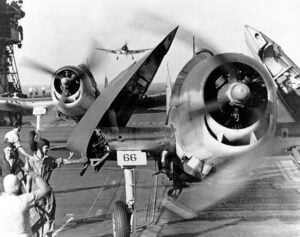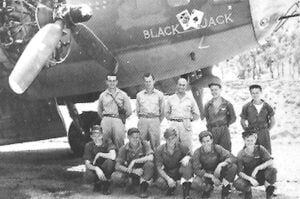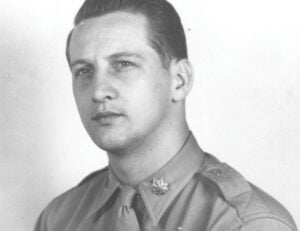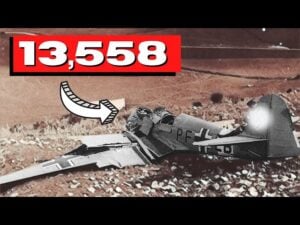How This Forgotten Swedish Fighter Outshone Its Rivals in World War II
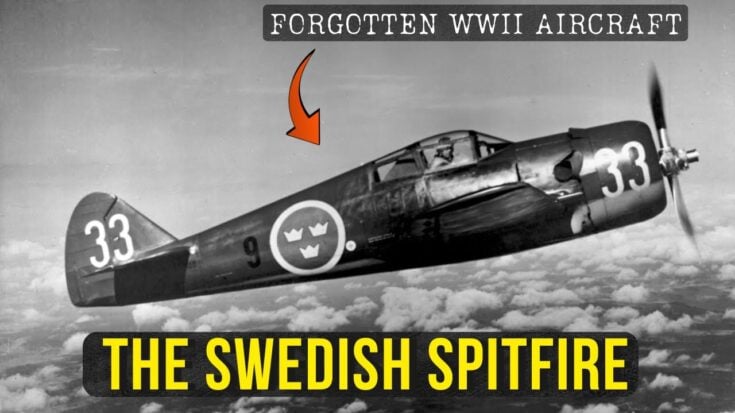
YouTube / World War Made Simple
World War II was full of legendary aircraft—the Spitfire, the Mustang, the Bf 109—but for every icon, there were lesser-known fighters that played critical roles. One such aircraft was the FFVS J22, Sweden’s homegrown solution to a growing threat in a world at war.
Though it never saw dogfights over Europe’s bloodiest skies, the J22 was Sweden’s knight in shining armor, built to guard a neutral nation in uncertain times.
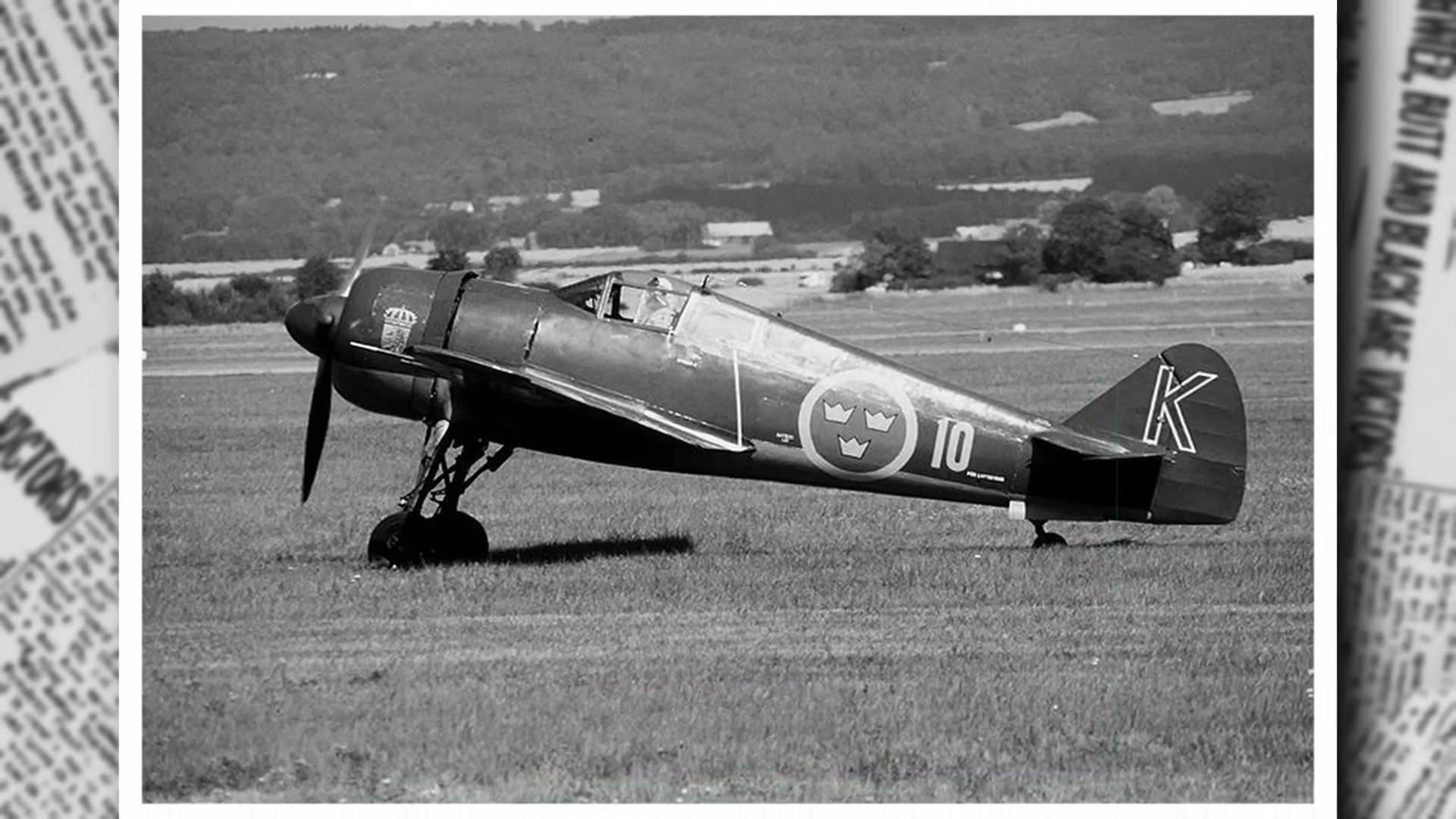
Origins
As WWII raged across Europe, neutral Sweden found itself in a precarious position—geographically and politically. With potential threats from both Germany and the Soviet Union, Sweden needed to strengthen its air defenses, and fast.
Imported aircraft weren’t reliable due to wartime blockades and shifting alliances, so Sweden turned inward. In 1940, the Swedish government established the Royal Air Administration Aircraft Factory (FFVS) with a single mission: build a modern domestic fighter to protect Swedish airspace.
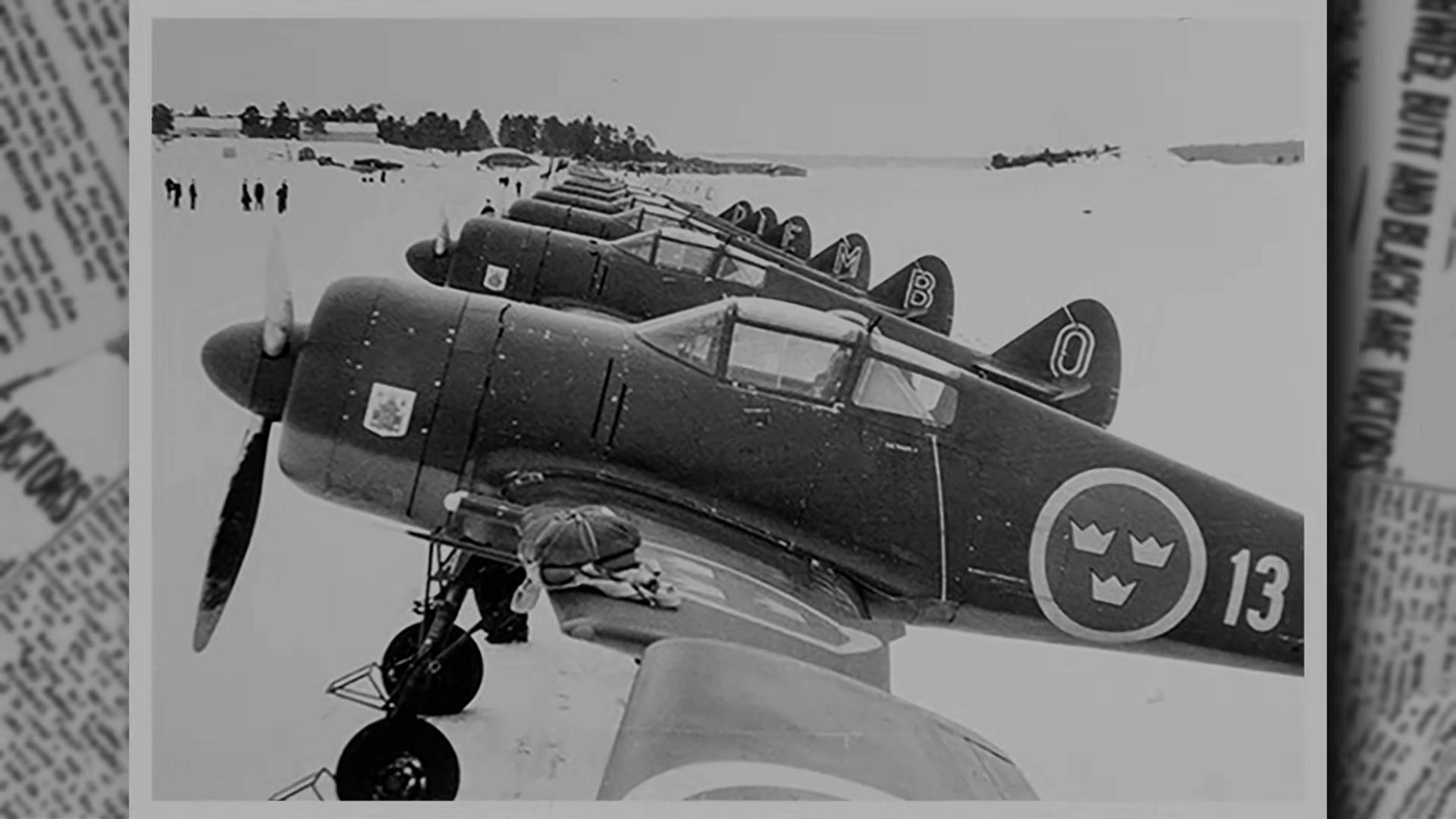
Production and Design
The first prototype of the J22 rolled out in October 1941 and took to the skies less than a year later on September 20, 1942. A second prototype soon followed. Between 1942 and 1946, a total of 198 J22s were built. They entered active service in 1943.
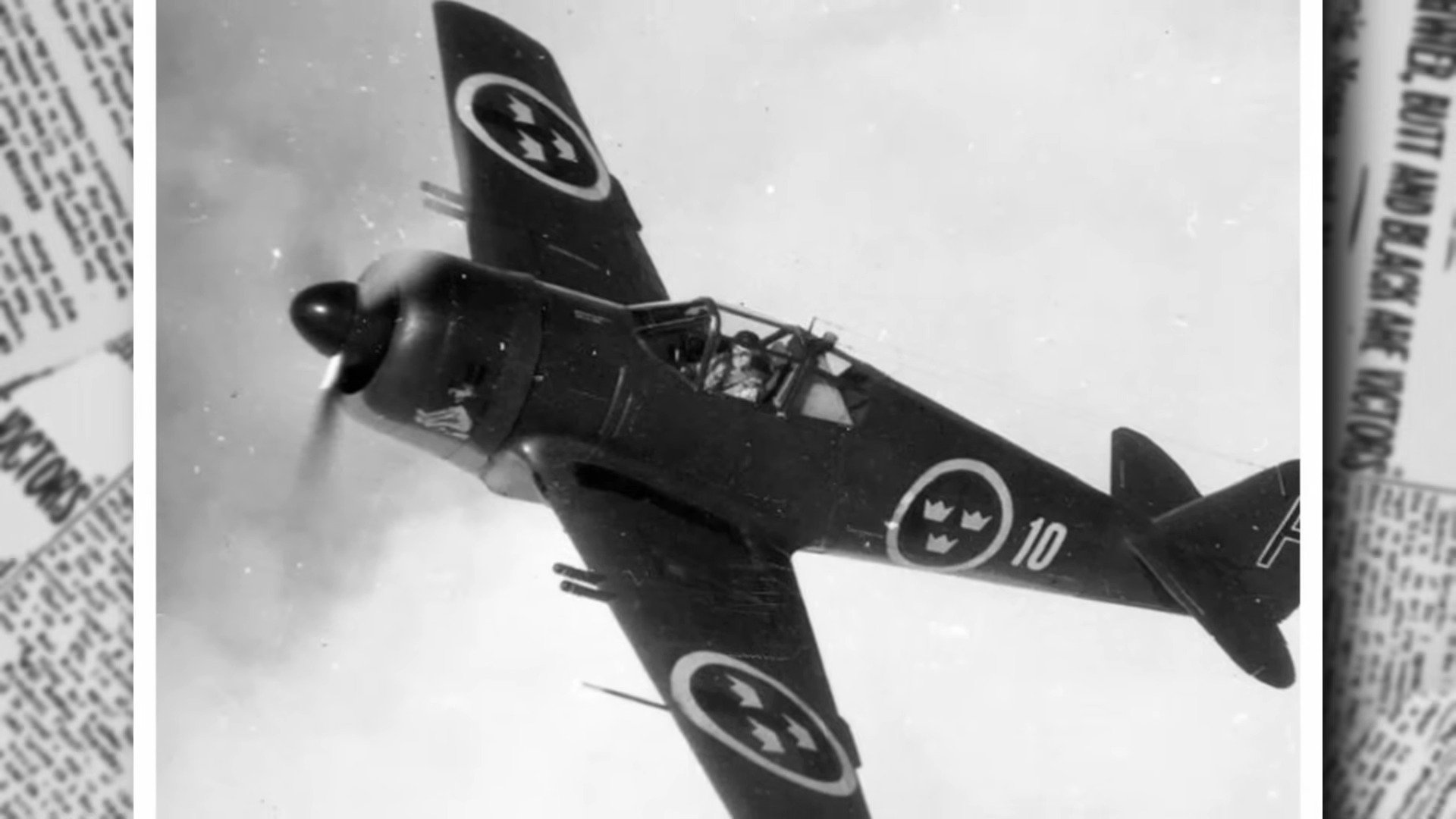
Designed with practicality in mind, the J22 featured a steel-tube fuselage covered with plywood—a creative solution to the wartime aluminum shortage. Its mid-wing monoplane layout, paired with plywood-covered wings and welded steel spars, offered a balance of strength and agility. It was a robust, no-nonsense fighter built to hold its own.
Performance
Powering the J22 was the SFA STWC-3G radial engine, delivering 165 horsepower. That might not sound like much on paper, but this aircraft punched above its weight.
-
Top speed: 575 km/h (357 mph)
-
Cruising speed: 500 km/h (311 mph)
-
Range: 1,270 km (789 miles)
-
Service ceiling: 9,300 meters (30,512 ft)
-
Rate of climb: 15.7 m/s—better than early Spitfire models
Its retractable landing gear, including rearward-folding main wheels and a tailwheel, helped reduce drag and further improve performance. The J22’s combination of speed, climb rate, and maneuverability made it more than capable of defending Swedish skies.
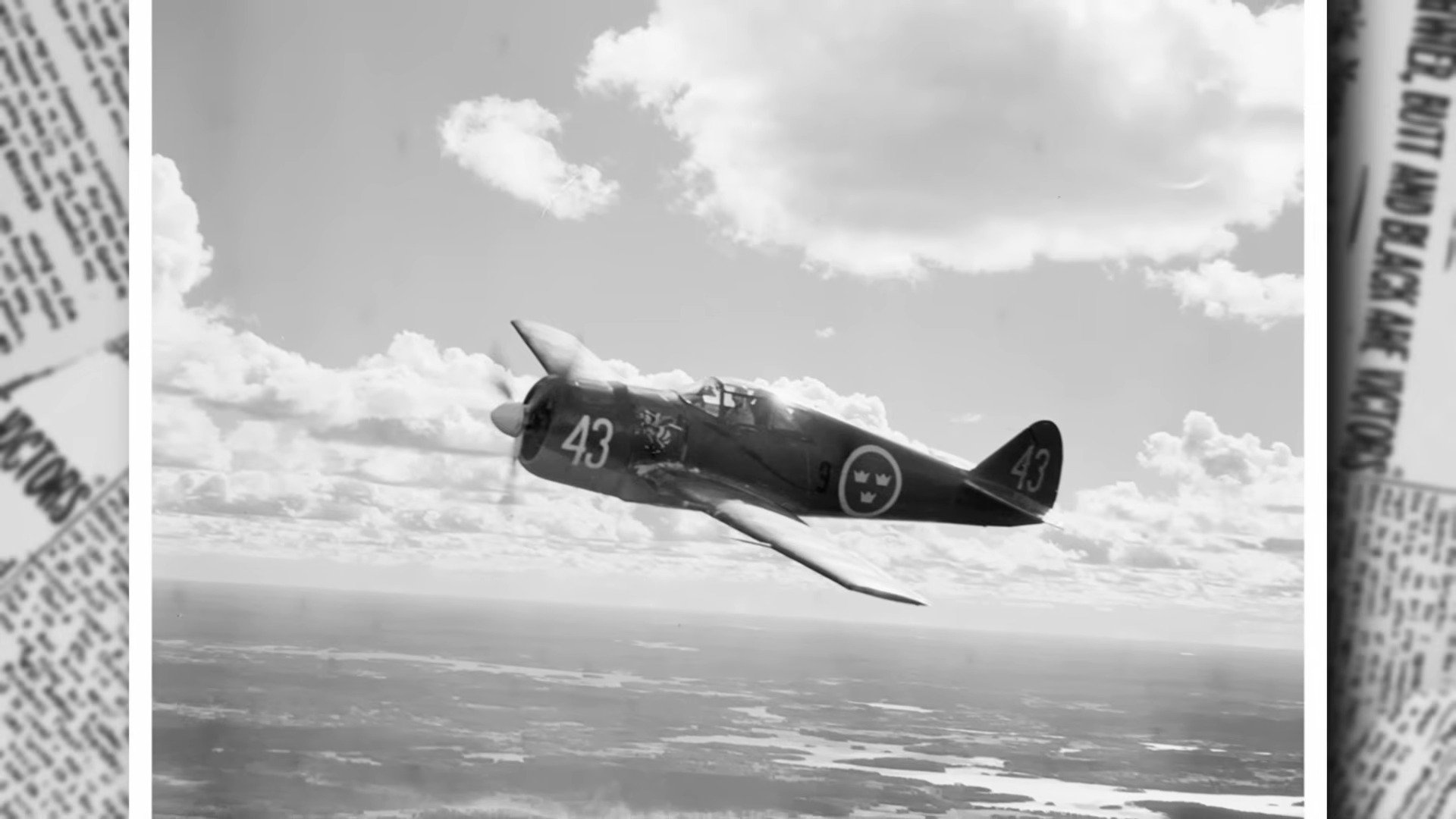
Legacy
The J22 remained in frontline service until 1952, eventually replaced by Sweden’s first generation of jet fighters like the Saab 29 Tunnan.
Though it never fired a shot in combat, the J22 played a critical role in maintaining Swedish neutrality. With threats looming from both Axis and Allied airspace incursions, the J22—along with aircraft like the J9—ensured Sweden had a credible deterrent.
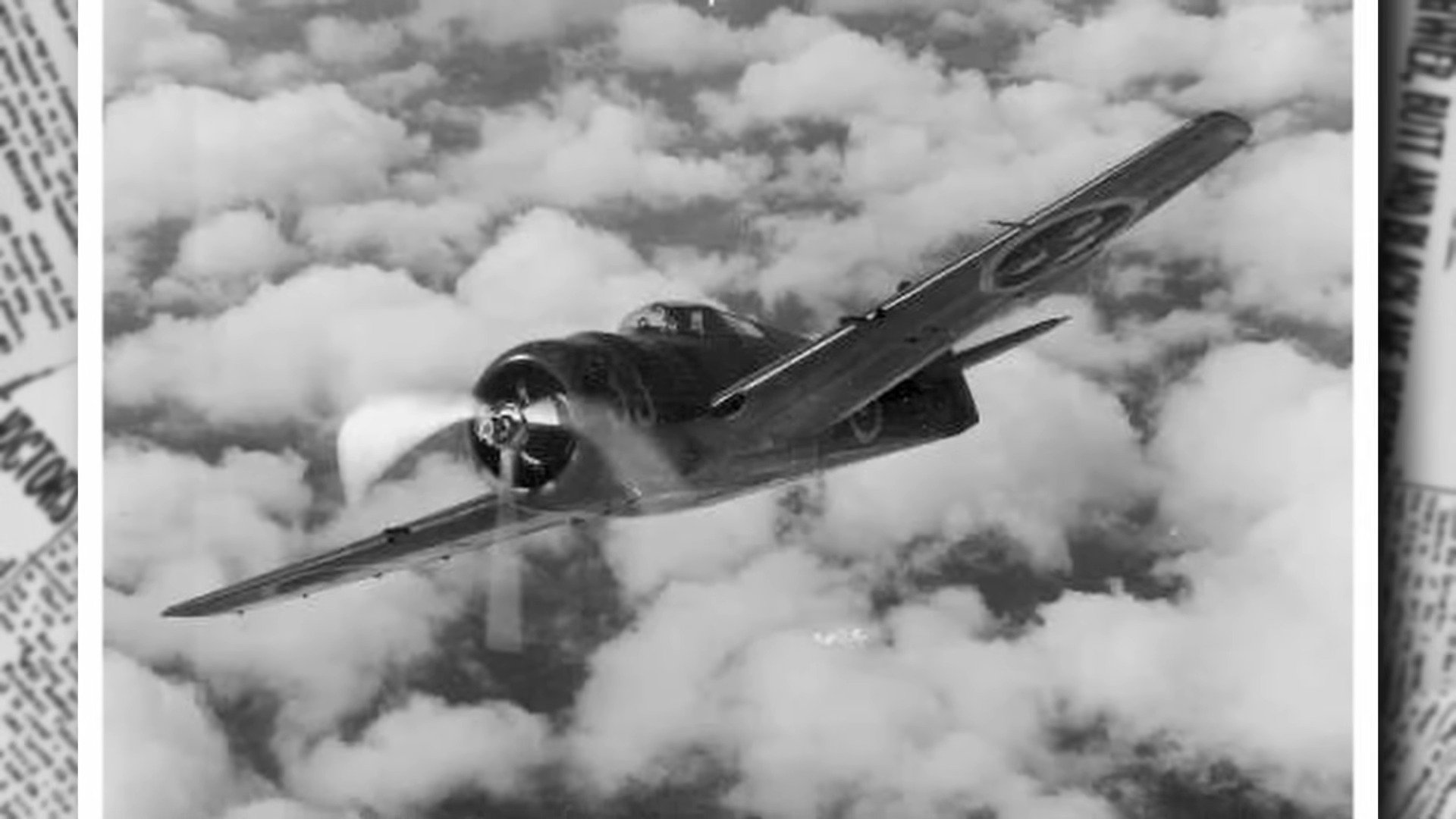
By the end of the war, the Swedish Air Force had expanded to more than 800 combat-ready aircraft, including 15 fighter divisions. The presence of the J22 helped anchor this expansion, proving that with ingenuity and determination, even a small nation could build a fighter worthy of respect.














